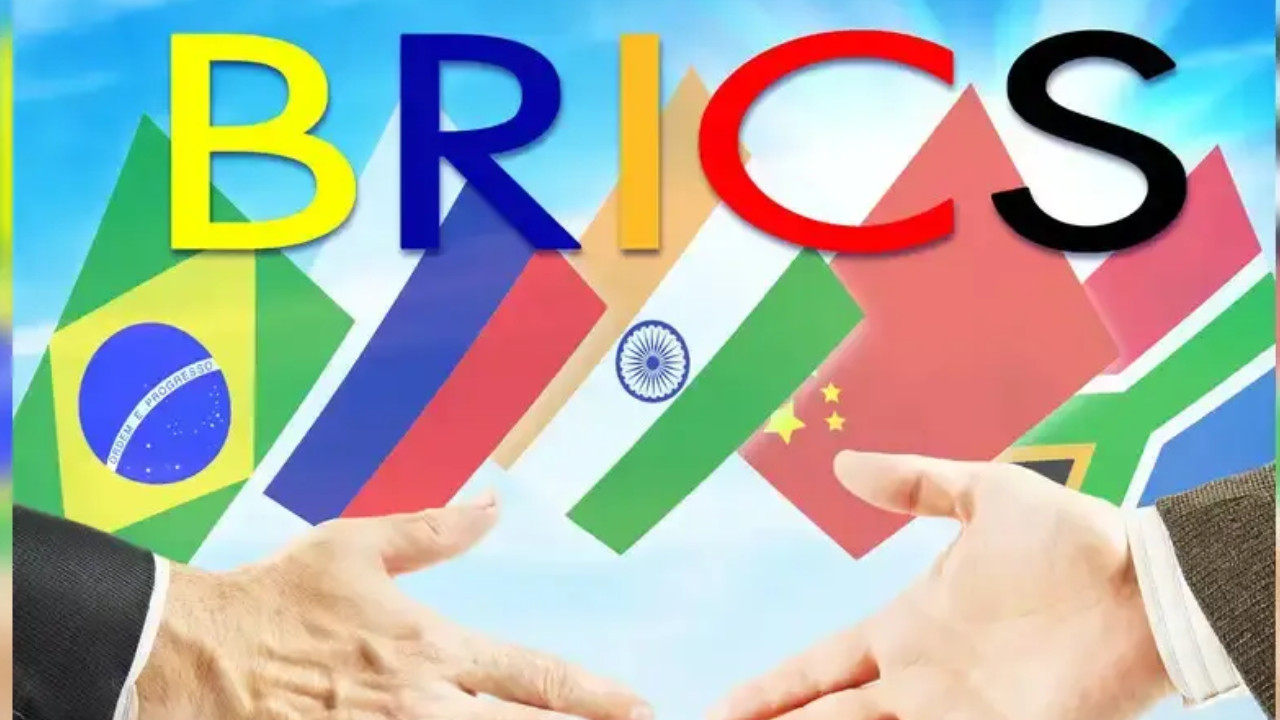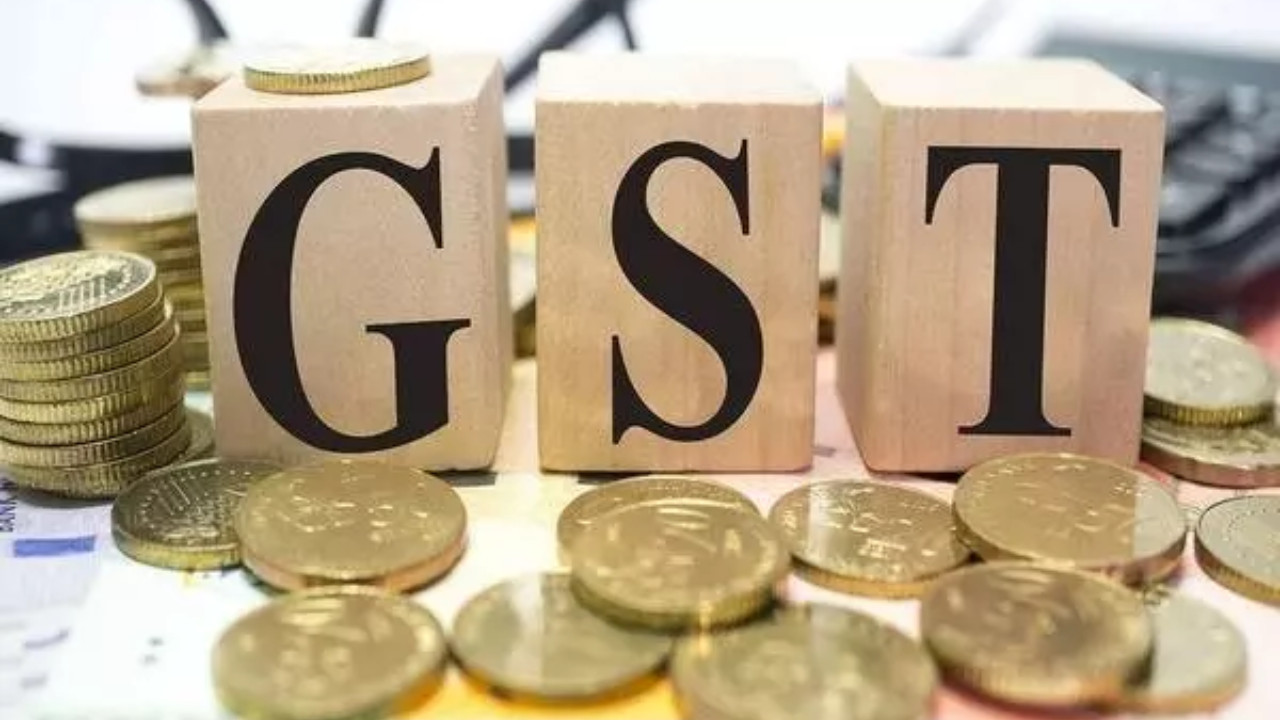Ahead of the BRICS summit in Rio de Janeiro, member nations are set to intensify trade settlements in their own currencies, although a unified BRICS currency isn’t imminent. Diplomats emphasized that BRICS aims for mutual respect and non-interference, not as an anti-West coalition. Discussions on a common currency are preliminary, with focus on national currency trade.
Is the US Dollar’s Reign Finally Nearing Sunset? BRICS Talks Heat Up
So, picture this: Leaders from Brazil, Russia, India, China, and South Africa – a power bloc known as BRICS – are huddled together in Rio, and the air is thick with ambition and, let’s be honest, a dash of geopolitical intrigue. The buzz? Ditching the dollar for local currencies in international trade. Is this the dawn of a new financial world order? Maybe. Or maybe it’s just the first crack in a dam that’s held strong for decades.
For years, the US dollar has been the undisputed king of international transactions. Need to buy oil? Dollars. Selling widgets to Europe? Dollars. It’s been the default, the comfort zone, the financial language everyone speaks, even if they don’t particularly like it. But empires rise and fall, and lately, there’s been a growing chorus questioning the dollar’s dominance.
The BRICS nations, representing a significant chunk of the global economy and population, are at the forefront of this challenge. The idea is simple, in theory: Why rely on a currency controlled by a single nation (the US) when you can trade directly in your own currencies? Think about it – Brazil selling soybeans to China for yuan, India buying Russian oil for rupees. It cuts out the middleman (the dollar), potentially reducing transaction costs, boosting trade, and, crucially, giving these countries more control over their own economic destiny.
It sounds enticing, doesn’t it? A financial landscape where the playing field is a little more level, where countries aren’t as beholden to the whims of US monetary policy. But the reality, as always, is a bit more complex.
The biggest hurdle is… well, everything. Setting up these systems requires significant infrastructure, agreements on exchange rates, and a willingness to trust each other’s currencies. And that last part? That’s where things get tricky. Not all BRICS members are on the same page, not by a long shot.
India, for example, is reportedly taking a cautious approach. While they’re definitely interested in exploring the possibilities, they’re not rushing headlong into anything. You can’t blame them. India has its own economic priorities and a deep understanding of the complexities involved. Jumping into a new system without a solid plan could be… messy.
China, on the other hand, appears to be driving the initiative. They’ve been actively promoting the use of the yuan in international trade for years, and this BRICS push could be a way to further solidify the yuan’s position as a global currency. This, of course, raises questions about power dynamics within the BRICS bloc. Is this truly a collaborative effort, or is it China subtly flexing its economic muscle?
And then there’s the elephant in the room: a common BRICS currency. The idea has been floated, but the challenges are immense. Imagine trying to create a single currency that reflects the diverse economies, political systems, and financial regulations of five very different countries. It’s like trying to blend five wildly different cocktails and hoping for something palatable.
So, what’s the takeaway? The BRICS nations are clearly serious about exploring alternatives to the dollar, and the discussions in Rio signal a growing dissatisfaction with the status quo. Even if they don’t succeed in completely dethroning the dollar, the mere attempt could have significant implications.
For one, it forces the US to pay attention. Complacency is a dangerous thing, and the dollar’s dominance has arguably led to a certain degree of complacency. This challenge from BRICS could spur the US to strengthen its own economy, address its debt issues, and ensure the dollar remains a stable and reliable currency.
Secondly, it could accelerate the diversification of the global financial system. Even if the BRICS plan falters, other countries might be inspired to explore their own regional trade agreements and currency arrangements. This could lead to a more multi-polar financial landscape, where the dollar is still a major player, but not the only player.
Ultimately, the future of the dollar and the rise of alternative currencies will depend on a multitude of factors – geopolitical shifts, technological advancements, and, of course, the economic performance of the various players involved. The BRICS summit in Rio is just one chapter in this unfolding story. It’s a story that’s far from over, and one that we should all be watching closely. The game is changing, and the rules are being rewritten, right before our eyes.







